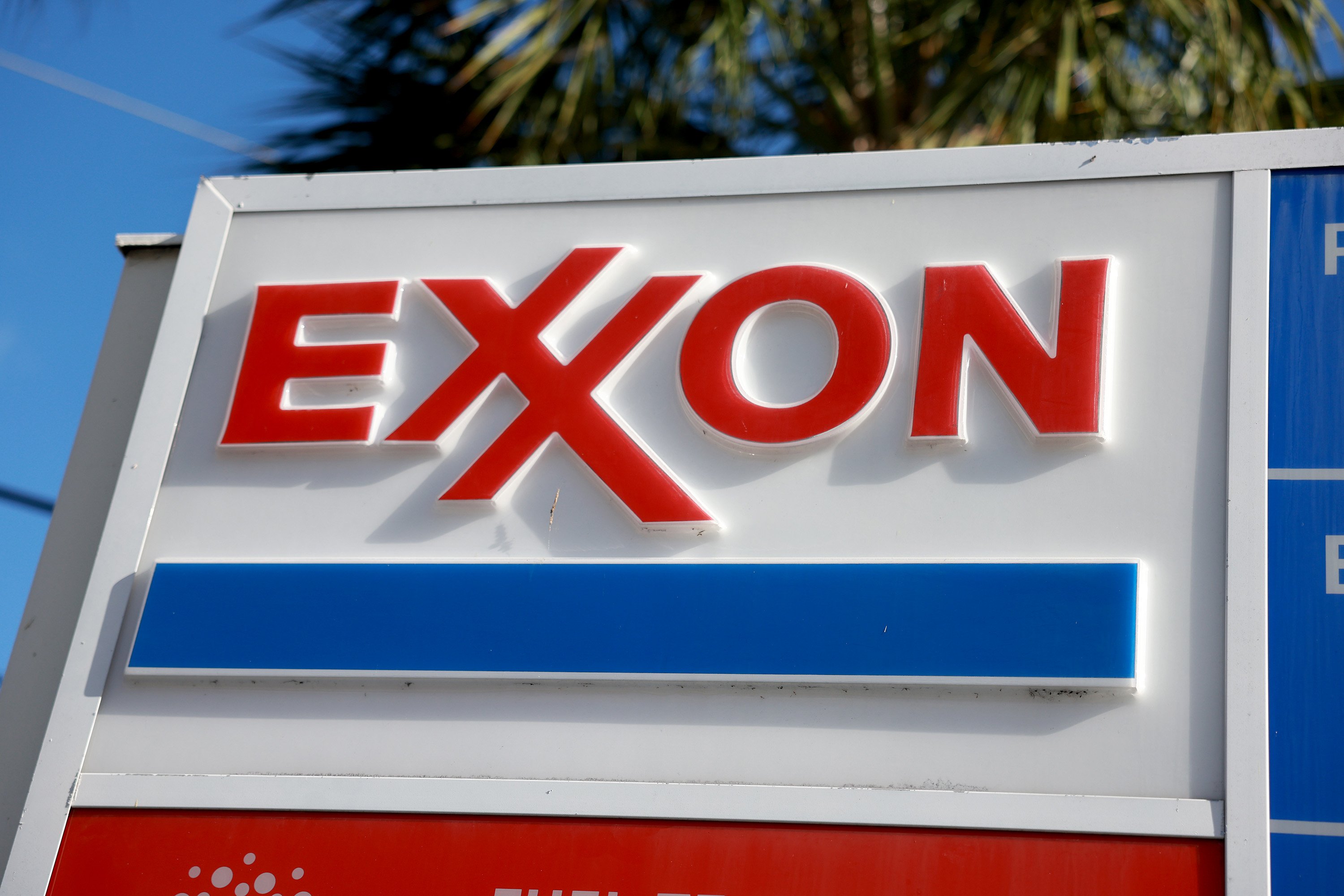Oil and natural gas prices are sitting in the lower half of their 10-year ranges, which is causing a lot of pain in the exploration space. And yet energy giant ExxonMobil (XOM +1.02%) continues to spend huge sums to expand its production. In fact, the company was recently called the "explorer of the year" by an industry watcher, as Exxon's new finds outpaced its peers for a second year running. Here's why that's a good thing, even though oil and gas prices are in the doldrums.
Turning things around
Exxon's oil equivalent production fell 1% year over year in 2016. Production declined an even worse 1.7% the following year. And the trend worsened again in 2018, when output was down 2.6%. Continually producing less and less oil isn't something that can go on for very long at an oil company. Investors were rightly spooked by these numbers.

Image source: Getty Images.
This backdrop helps to explain why the company decided to undertake an aggressive investment plan in 2018. The goal, basically, is to reverse the company's weak production trends. Early results have shown promise, with 2019 production appearing to be something of a turning point. The investments the company has made are having the desired effect. Only Exxon will be spending as much as $35 billion a year through 2025, so it is still early in the process.
First find it, then produce it
The interesting thing here is that Exxon is working both the long and short side of the business. The upturn in production has largely been driven by the company's efforts in the onshore U.S. oil space. Wells in this region tend to be quick to drill and have an almost immediate impact on production, relatively speaking. That's what's driving the company's 2019 production results.
Exxon is also working on offshore oil projects, which take much longer to develop. It's the company's efforts on this side of its growth plan that led to the "explorer of the year" designation. In the onshore U.S. space, companies pretty much know that the wells they drill will produce oil. In the offshore arena, companies have to do a lot more exploration work, and pray that they find oil at the end of the day. Over the last two years Exxon has been finding a lot of oil in the offshore arena.
But the company's offshore production efforts are only just starting to turn into oil-producing wells because it takes longer to get these assets up and running. So the exploration success Exxon has achieved is really still just a harbinger of better production results ahead. That's the good news, with more to come as the company works through its 2025 spending plans.
The bad news is that Exxon's production is ramping up at a time when oil prices are low. Astute long-term investors should be wondering if Exxon's game plan is, perhaps, a little flawed. If oil prices stay low Exxon will, indeed, be getting bigger at the wrong time. Luckily there's more to the story here than meets the eye.
Oil wells eventually run out of oil, often fairly quickly. For example, a shale well's production will be high at first, but within a year or so it can fall by as much as 75%. Offshore wells tend to have high production rates for three to five years, but often start to slow after that point. You need to find new oil to replace these declining wells or your production will just keep shrinking. So Exxon is, at the very least, making sure that its business doesn't keep getting smaller. However, there's another side to the tale. While the world is leaning toward cleaner energy sources, which makes ESG investors happy, there is still a long way to go before the world can simply divorce itself from the oil and natural gas that Exxon produces.
Energy companies have been trying to explain this. Exxon, for example, has highlighted that it takes huge investments of time and money to shift from one energy source to another, with oil's rise to the top lasting roughy 100 years. Peer Royal Dutch Shell has noted that oil and natural gas are still in high demand, despite their negative images. And Chevron has explained that the world's growth means that energy of all types is needed; one option (for example, clean energy) won't be enough to satisfy demand. In other words, if these industry giants are even close to correct, Exxon isn't crazy for focusing on production growth -- the oil industry still has plenty of life ahead of it.
That said, supply is high today and that's not likely to change in the near term. But this is a positive, as well. Exxon is basically working counter-cyclically, putting money to work in the downturn (when it should be able to get more bang for its buck) so it can be better positioned when prices eventually recover. And since oil is a commodity, supply and demand are likely to even out at some point. For example, a rash of bankruptcies in the onshore U.S. drilling space could likely, over time, lead to more rational production in a region that has been blamed for capping oil's price recovery. It won't be a smooth ride, of course. But Exxon has one of the strongest balance sheets in the industry and can handle the ups and downs while still investing for the future.
A long-term play
Exxon is betting that by 2025 oil and natural gas prices will be stronger than they are today. That's why it is spending so heavily right now, earning it the "explorer of the year" designation. While that may seem like questionable news in the face of relatively low oil prices, if Exxon and its peers are right about the future, investors that buy Exxon today will be well rewarded when oil prices eventually recover. Until then, meanwhile, investors willing to bet that Exxon is right can collect a fat 5% yield backed by one of the strongest companies in the energy space. This sounds like a pretty good risk/reward trade-off for most dividend-focused investors.







